I received an enthusiastic, but bewildered cry for help from a UX designer in South Africa, Jeanne Marias. She wrote, “I am pioneering a service design project, part of which I’m wanting to do a Mental Model of ‘The New Member Journey.’ I’ve charged ahead and gotten the whole team excited about mental models, but after reading the section of your book about defining task-based audience segments, I’m feeling quite daunted and out of my depth! Especially when you speak about the Story, Craft and Companionship continuum.”
She wanted to know if there was an easier, friendlier way of creating an initial hypothesis about audience segments for recruiting, similar to the comic strip explaining mental models. (Don’t worry that we don’t know what industry this is for–“new members” appear in lots of difference scenarios, like insurance or teachers unions or book clubs. This explanation can work for any industry.)
There is a cartoon about personas, but personas are things that you derive after you’ve done all the interviews. For the hypothetical audience segments before you recruit, you only need to keep in mind one thing: organizations traditionally recruit by demographic (like age or experience or frequency). This time you want to be sure you also cover all the possible behavior types that are important to you for this round of interviews. Behavior types are things like decision-making style, goals, motivations, attitude, etc. (Furthermore, remember that you don’t need to make up hypothetical segments if you already have them from prior research, and they’re not demographic- or marketing-segments. Use those as a basis for recruiting, or expand to additional groups if your business demands it at this point.)
The example in my book is pretty complex. Most situations are simpler. Here’s an example. Pretend your industry is weight-loss, and new members are folks signing up for your weight-loss program.

Remember, the only reason you do these hypothetical audience segments is to make sure to recruit from each group, or to decide to focus your resources on one high-priority group. These hypotheses are not personas, and they don’t matter later. You delete them, in fact, after you’ve collected all the stories. Don’t get too caught up in all the details of these hypothetical groups.

